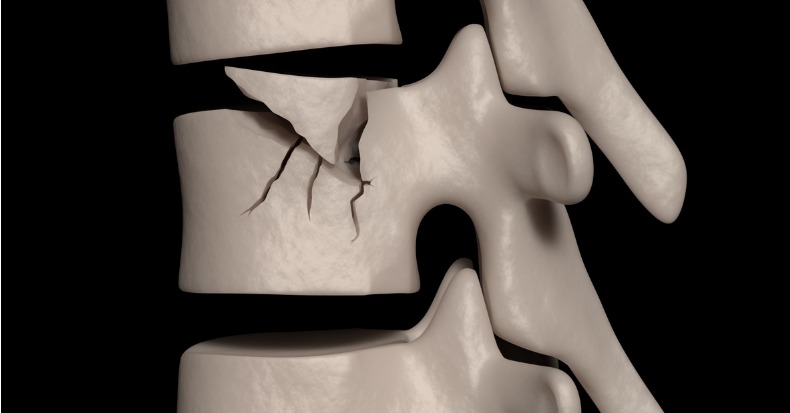Newest Articles
Low back pain (LBP) and pelvic girdle pain (PGP) are common complaints during pregnancy with some studies suggesting these conditions affect up to half of expecting mothers. In the postpartum period, it’s estimated that as many as one in-five women will continue to experience these forms of musculoskeletal pain up to three years following the [..]
When it comes to a condition like low back pain, the care a patient receives can depend on case history and examination findings, as well as the doctor’s training and treatment preferences. For the patient with a lumbar disk pathology, a doctor of chiropractic may employ lumbar traction in combination with manipulation and joint mobilization [..]
There are many types of headache and each has an underlying cause that must be addressed to achieve a satisfactory outcome. A 2020 review of research from the previous two decades suggests that the best conservative, non-pharmaceutical approach for headaches may involve either a top-down or bottom-up approach.
When the primary cause of a headache [..]
All perceptions occur in the brain, specifically in a region of the brain called the cerebral cortex (cortical brain) (1). These perceptions include sight (vision), sound (hearing), hot/cold (temperature), taste, smell, pressure, vibration, positional sense, pain, and more. The cortical perception in this discussion will be referred to as dizziness. Dizziness is a cortical perception [..]
When one spends time in nature, it can be surprising how quiet the world can be and just how much noise we’ve grown accustomed to in our day-to-day lives. But what we may not understand is that some noises can be more than a nuisance and can actually be harmful to health.
An article published [..]
It’s estimated that half of patients with chronic whiplash associated disorders (WAD) will experience vision-related issues such as poor reading concentration, light sensitivity, visual fatigue, and eye strain. Why is this the case, and what can be done for such patients?
Eye movement control depends on the position of the head in space, and head [..]
Osteoarthritis is the most common chronic joint condition. It causes local inflammation and breakdown of cartilage with joint structural changes that provoke pain and loss of function that results in a considerable reduction in quality of life. Knee osteoarthritis (KOA) is one of the most disabling osteoarthritic conditions and it’s becoming more prevalent. So, what [..]
Carpal tunnel syndrome (CTS) is by far the most frequent cause of a nerve entrapment in the extremities. Despite it being such a common complaint (estimated to affect 1 in 1,000 American adults), CTS can be a difficult condition to manage. Here are three reasons why…
1) Multifactorial. While activities (a job or hobby) that [..]
It’s estimated that about 1 in 6 American adults experience neck pain in a given three-month time frame. Neck pain is a major cause of work absenteeism, work-related injury, and reduced quality of life. While some risk factors for neck pain may be unavoidable, many are not.
A systematic review completed by a team of [..]
Compression fractures (CFs) of the spinal vertebrae can occur in two main varieties: acute and chronic. Acute CFs can occur at any age and can be quite serious, especially if the bony fragments displace into the spinal canal where the spinal cord in located. These most often represent unstable fractures and must be evaluated immediately [..]

istock / Carlos Pintau
The human body is designed to effectively absorb and disperse vertical forces. This allows humans to jump off a curb, walk-run-jump, to stuff basketballs and engage in many other sports activities, plop down into a couch, etc., without injury.
In contrast, humans are not well designed to effectively absorb and disperse horizontal forces. The injuries [..]
If there was one prescription that could reduce the severity or even prevent dozens of diseases—including diabetes, hypertension, heart disease, stroke, obesity, osteoporosis, some cancers, depression, and dementia—and it also had a low risk for adverse effects, who wouldn’t consider it? Good news. There is such a prescription. It’s EXERCISE!
In addition to better cardiovascular [..]













